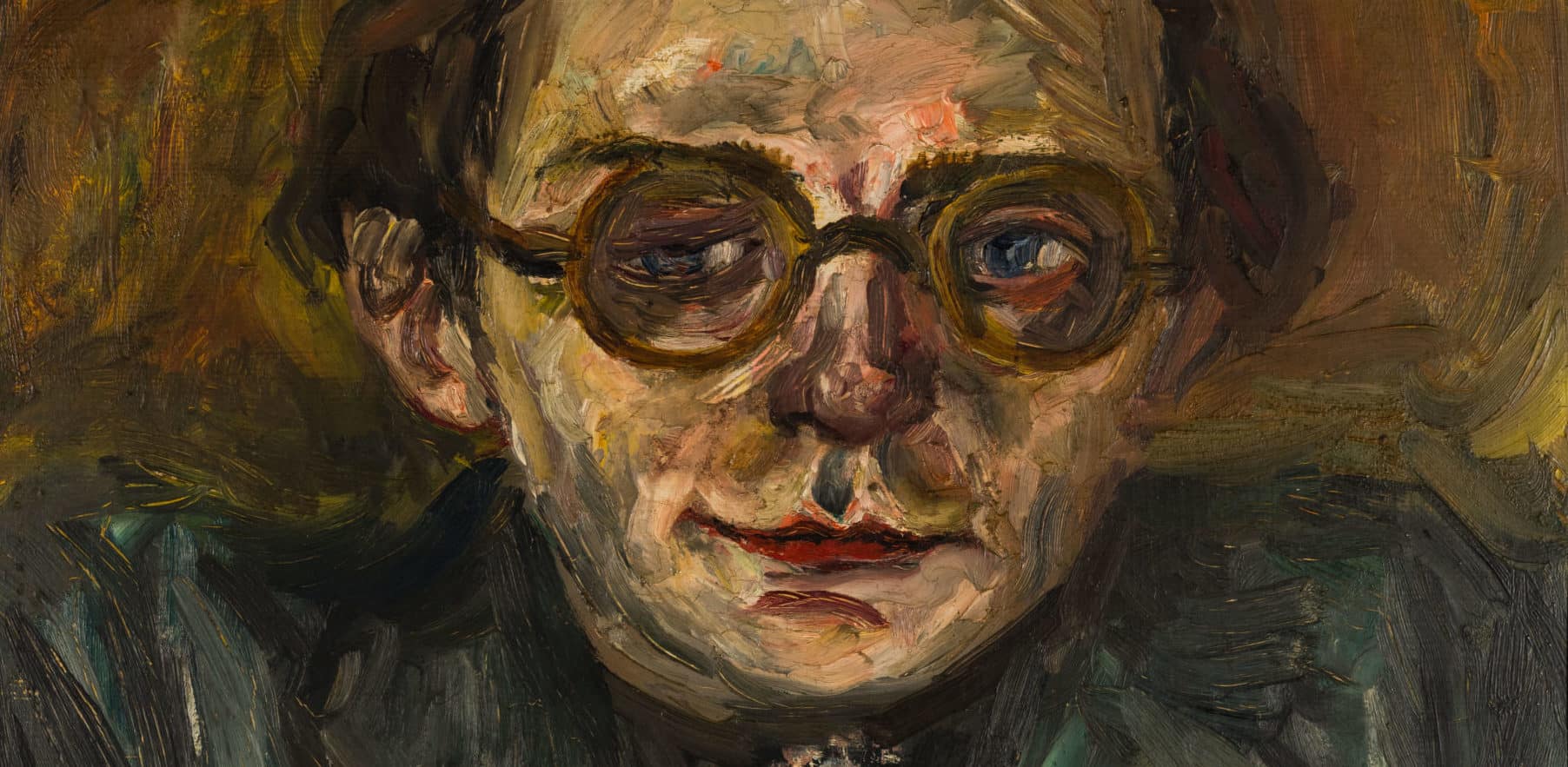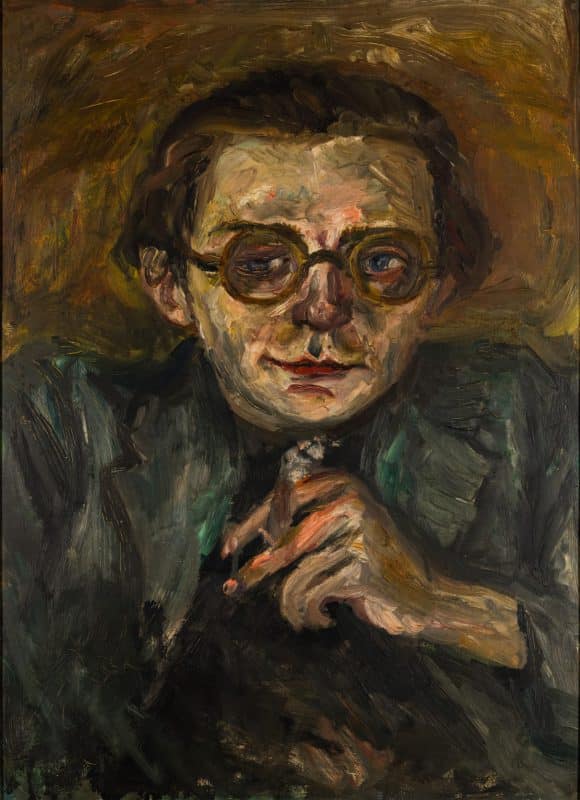

Kurt Nantke was born in Eckernförde in Schleswig-Holstein in 1900. Four years later, his family moved to Barmen, where his father, Paul Hermann Nantke, was appointed a professor of architecture at the Building Trades School. Nantke broke off his school studies and in 1917 enrolled at the School of Arts and Crafts in Barmen to study painting under Gustav Wiethüchterand Ludwig Fahrenkrog. In 1919 he took part in the first exhibition of the Young Rhineland group in the Kunsthalle in Düsseldorf. Just one year later, he was one of the co-founders of an artists’ association called “Die Wupper”, which was expanded to form the “Wupperkreis” in 1927/8.
Nantke studied briefly in Munich before enrolling at the Bauhaus in Weimar in 1921, where he studied under Georg Muche. In the years thereafter, he spent much time abroad. In 1925 he went on a study trip to Italy, visiting Rome, Florence, Naples and Capri. Two years later he visited Paris, and then in 1929 he went to Brittany. In 1938, the Nazis confiscated three of his paintings from an exhibition at the Barmen Art Association; by 1945, two more works had been confiscated. Nantke was also forbidden from painting and from exhibiting. In 1963, he was awarded the Richard Reiche Plaque of the Bergische Kunstgenossenschaft. He lived as a freelance artist in Wuppertal.
